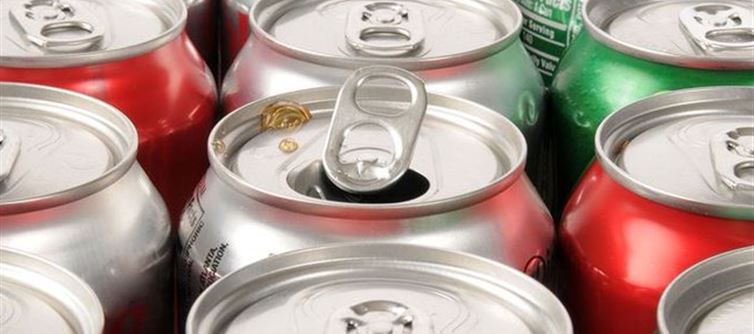
The “Aha!” Moment: When Science Meets Leadership
The workplace is often seen as a place for deadlines, discipline, and direction. But every once in a while, it becomes something more—a stage for inspiration, curiosity, and learning. That’s exactly what happened when a small mistake turned into one unforgettable “Aha!” moment.
In the middle of a hectic shift, a subordinate fumbled and dropped a soda can. Normally, this would have led to frustration, scolding, or at best, a hasty cleanup. But what unfolded next was nothing short of extraordinary.
Instead of raising his voice, the boss raised a question: “Do you know why a soda can bursts when opened after being shaken?” What could have been a rebuke quickly transformed into a real-time physics lesson.
He explained that when a can of soda is shaken, the dissolved carbon dioxide forms countless bubbles that cling to the walls and float in the liquid. If you open it immediately, those bubbles rush upward all at once, carrying the liquid with them in a fizzy explosion.
But then came the twist—the trick. By gently spinning the can before opening, centrifugal force pushes the bubbles outward, away from the center. The middle of the liquid becomes bubble-free, giving the gas a smooth escape path. When opened after this process, the soda remains calm, the liquid stays put, and the dreaded mess never happens.
That simple demonstration turned an accident into an inspiring lesson. No textbook. No lecture. Just science in its purest, most relatable form—practical, memorable, and engaging.
But what made this moment even more remarkable wasn’t just the physics. It was leadership. In that instant, the boss chose patience over anger, curiosity over criticism, and teaching over reprimanding. He didn’t just prevent a soda spill—he modeled how to turn setbacks into opportunities, how to transform mistakes into lessons, and how to create an environment where learning is valued more than perfection.
Such bosses are rare. They don’t just manage tasks; they shape minds. They don’t just lead teams; they spark curiosity. And they remind us that science is not confined to laboratories or classrooms—it’s alive in the world around us, waiting to be discovered in the most ordinary moments.
That day, a dropped soda can became more than a workplace accident. It became a symbol of how leadership and science can work hand in hand to create not just employees, but thinkers. And those “Aha!” moments? They stay with us forever.




 click and follow Indiaherald WhatsApp channel
click and follow Indiaherald WhatsApp channel